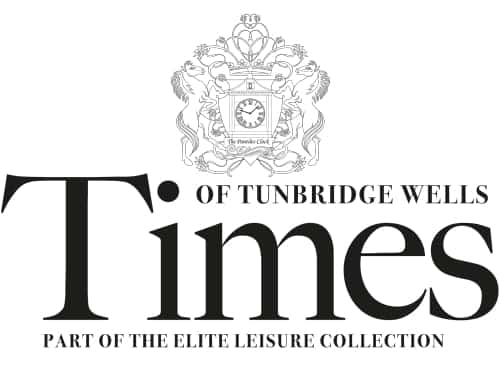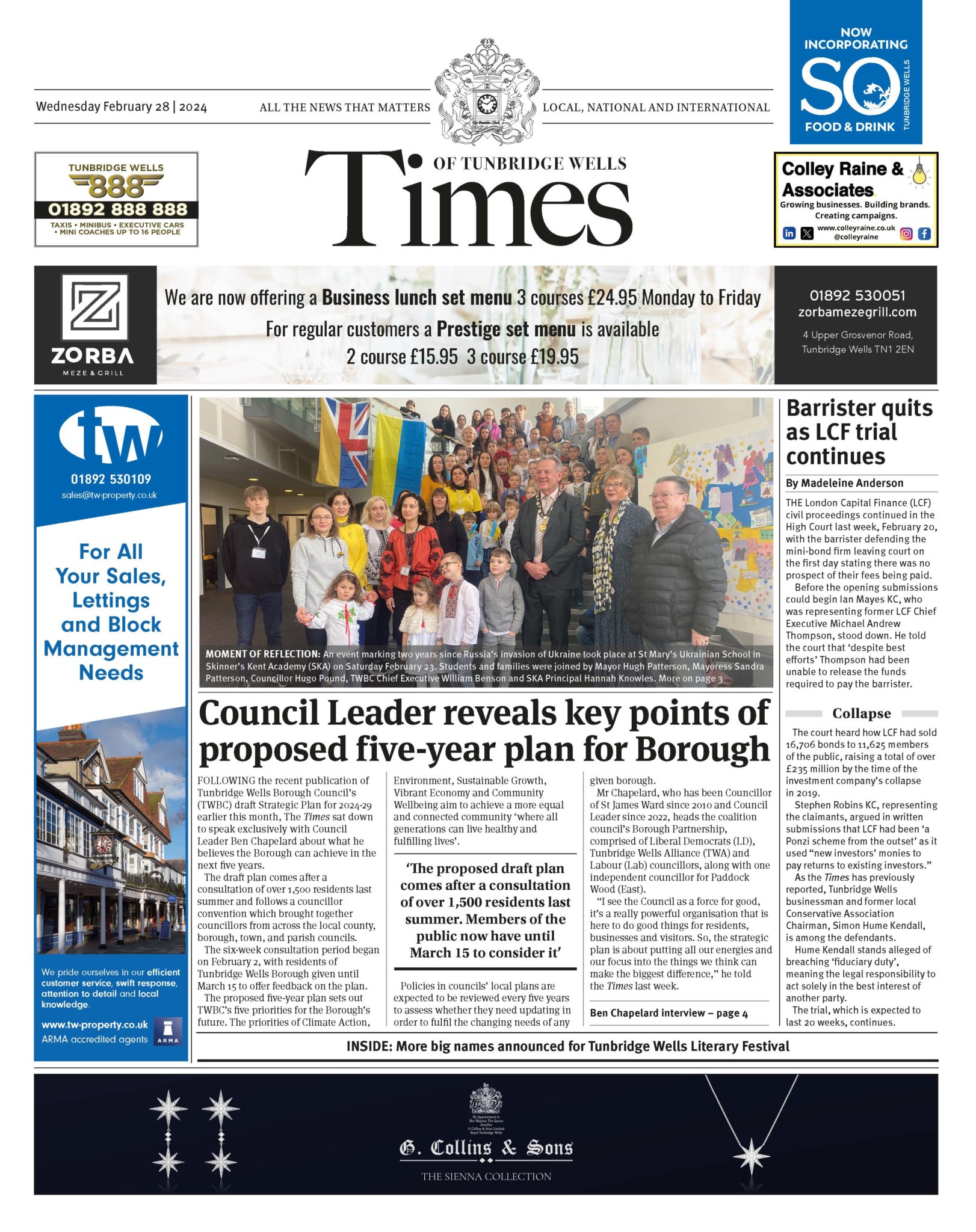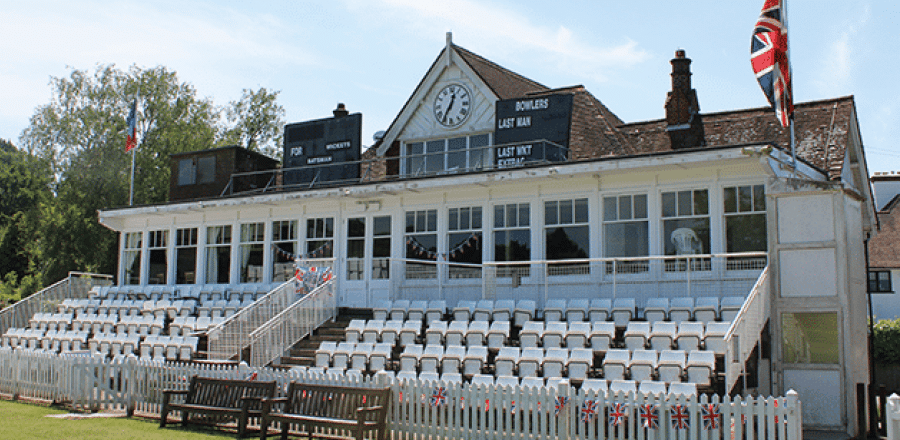A confession feels like an apt place to start a journey into history, royalty and the complexities of good taste, so here’s mine: my only real thoughts on cognac were established at seven years old, after being cajoled to try a sip from my grandfather’s crystal-cut tumbler.
Of course, I realise now it was a ploy to deter me from alcohol. Long term, it didn’t work particularly well, but at the time I recall an unpleasant sensation of my tongue recoiling. I wondered why anyone would drink the stuff.
Many years later, cognac is enjoying something of a renaissance. Given the fact even Jay Z has his own brand (D’usse), it’s clearly time to get to the bottom of that crystal-cut tumbler and understand the allure of the liquid amber within.
A town of contrasts
To understand cognac’s increasing popularity, I head to the town itself. The liquid in those pot-bellied bottles can only be called cognac if it has been made in Cognac.
An easy hour-and-a-half drive from Bordeaux airport, the town is a heady gastronomic delight, with local produce including wine, goat’s cheese, truffle, foie gras and fresh seafood. Thankfully, Cognac’s riverside walks offer a welcome remedy for any food comas.
The city centre is quaint, although not especially remarkable. But saunter towards the river, and rows of terraced honey-bricked houses give way to magnificent estates. None are more glamorous than those of the cognac kings: Martell, Rémy Martin, Hennessy. For the cognac lover, this is paradise.
A distilled history
To really appreciate the drink, a visit to Château Royal de Cognac is a must. With its history stretching like a long shadow, the sprawling stone castle was built in 1,200 – but a fortification has existed on this site from as far back as 950. Despite being the birthplace of François I, King of France, the castle nonetheless fell into disrepair in the 17th and 18th centuries, and was sold for demolition in 1795. Traders Otard and Dupuy saved it, and renovated the building to serve as cellars in the trade of cognac.
The stories of the castle’s centuries of wars, royalty and eventual cognac distillation, told by castle guide Elizabeth Gillette, as we explore the cool, dungeon-like cellars, leave me intoxicated. Look out for the silvery spiders that punctuate the dark – they keep wood-eating pests at bay, thereby preserving the cognac barrels. And keep an eye out for ancient graffiti in the wing of the castle built by François I. The carvings of names and depictions of ships are believed to have been left there by prisoners of the Seven Years’ War in the 18th century.
After the tour, we gather to taste the château’s own Baron Otard cognac. I wait for the recoiling sensation to hit me in the chops, and instead discover my tongue’s now embalmed with a sweetly sour mellowness that tastes like an echo of cognac’s own noble past.
A gastronomic delight
After all that dungeon exploring, I’m left craving fresh riverside air – preferably with a plate of excellent French cuisine in front of me. And where better than L’Atelier des Quais (atelierdesquais.fr; prices ranging from 7.50 euros /£6 to 29 euros/£24), situated on the banks of the Charente river.
Its menu has it all, and is truly a taste of France: snails (nestled in a macaroon sandwich), fois gras, beef tartare. It’s oyster season too (September to April) and their shelled, glistening flesh is a temptation. It’s all a heady delight, made more so by the pineau blanc – a sweet aperitif concocted of wine and cognac – still tingling my tongue.
Where to stay
Sprawling across five acres, Hôtel Chais Monnet sits in the former 19th century warehouses and cellars of the Monnet Cognac trading house, now a listed building. The story of its past is reflected in barrel-like staircases, an exterior rendering representing vines, and tableware made from the wood of old cognac barrels.
The spa facilities are excellent too; I recommend the epic experience shower, equipped with flashing lightning and rolling thunder sound effects. If you still need help forgetting the stresses of everyday matters, an evening spent at the hotel’s Les Foudres restaurant will do wonders. The tasting menu is nothing short of exceptional, with its seven ‘senses’ selection (€115/£95) – a series of dazzling combinations of local French produce, starting with slow-boiled egg nestled in black truffle, and ending with white truffle ice cream and praline for dessert. (But do get here soon, as surely a Michelin star is inevitable. Right now, it’s something of an undiscovered gem.)
Afterwards, the hotel’s rooftop terraces and jazz club provide plenty of evening entertainment.
Bespoke activities can be arranged, including hunting for truffles (November-March) and cooking classes that start with a trip to the local food markets. I thoroughly enjoy my guided tour of vinaigrette producer Le Baume de Bouteville (lebaumedebouteville.com).
The journey’s end
If you don’t already enjoy cognac, it’s unlikely a stay here will revolutionise your taste buds. But it’s hard not to feel inspired by the area’s effortless good taste. There’s plenty to do locally, whether you call yourself a cognac connoisseur, enjoy celebrating the abundance of local gastronomic delights, love to travel back in time – or simply want to relax and unwind in a sumptuous hotel, with plenty of fresh riverside walks.
It certainly gave me memories enough to crack a wry smile at my inherited crystal-cut tumblers, and silently santé my grandad’s excellent taste on my return home.
How to plan your trip
Nightly rates at Hôtel Chais Monnet (chaismonnethotel.com/en/) start from 230 euros/£196, room only.








